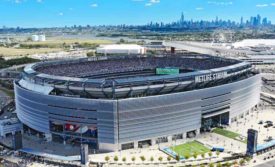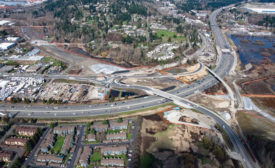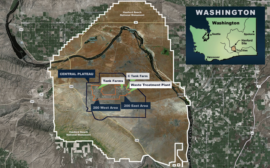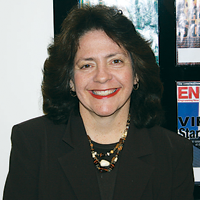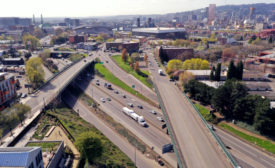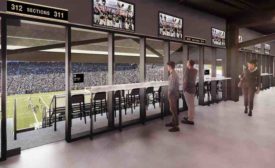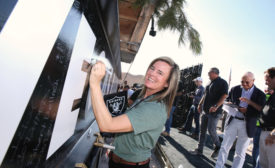Tim Newcomb
Tim Newcomb is a newspaper and magazine journalist based in Western Washington, covering design and construction in buildings and transportation around the Northwest.
ARTICLES
Digging Deeper | Renovation/Restoration
Crews Face the Unexpected In Historic Upgrade of Oregon Capitol
Read MoreSports Construction
Skanska Reconfigures MetLife Stadium for World Cup
Other venues across North America have already announced plans to upgrade
Read More
Top Starts | ENR Northwest Owner of the Year
WSDOT: Building Relationships With Consistency, Transparency
Read MoreWest Point Football Stadium Rebuild Is Logistical Puzzle
The $170-million project will reconstruct and modernize Michie Stadium in New York
Read More
Legacy Award | Northwest
Legacy Award Winner Jody Walker Belsick: Building, Managing, and Mentoring
Read MoreThe latest news and information
#1 Source for Construction News, Data, Rankings, Analysis, and Commentary
JOIN ENR UNLIMITEDCopyright ©2024. All Rights Reserved BNP Media.
Design, CMS, Hosting & Web Development :: ePublishing





